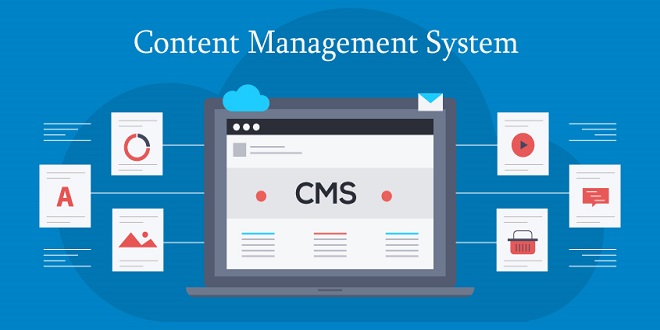Content Management Systems

How an editor does his or her job is influenced, if not dictated, by the publishing environment that the editor must work within. During the last decade, the movement has been away from pure HTML environments and toward content management systems that combine coding languages with pre-fab templates and shells. Content management systems (CMSs) constrict what editors and web developers can do, but with the use of templates they also make updating and adding content fairly routine and much, much simpler than writing code.
A CMS is essentially a sophisticated software system that automates many of the processes or functions of updating, moving, and archiving copy and content. A CMS also helps digital publications to achieve and maintain a consistency in look while updating content from any number of sources both within the organization and from without.
CMS software makes it easier to publish, and it erases the need for writers and editors to learn or to know more than a little HTML, CSS, or JavaScript—though, of course, for troubleshooting and customizing, it’s good to be comfortable with these languages. A good content management system makes it fairly simple for almost anyone to learn how to upload content to the publication’s site and to format that content using simple tags or by clicking a few buttons on a dashboard.
Making the Transition
“Ink-stained wretches,” as veteran print writers and reporters are sometimes called, have had difficulty making the transition from analog to digital. It takes time and even moral fortitude to learn new tools, technologies, and routines, even to discern what changes need to be made and what are merely passing fads. For many professional print writers, the big leap to digital has produced a sort of crisis, both at a personal level (“Do I still have what it takes?”) and at an organizational level as once-analog companies get left behind or find their business models obsolete.
The proportion of Americans who read news on a printed page is declining, according to the Pew Research Center for the People & the Press, which found that most people who read an article on a website do not read any other articles on that site in a given month. Incidental readership is common. The share of Americans who get their news on legacy platforms has fallen behind most other media, and the news industry hasn’t yet found a way to persistently capture that audience.
At a minimum, digital writers and editors need to know how:
- to capitalize on the new rhetorical capabilities of digital in terms of presentation;
- to monetize those presentations to pay at least some of the bills;
- to choose the media most appropriate for the story, and then to effectively utilize those media;
- and to work with others as a team, and to share their work as a whole and not as separate or disparate pieces.
Last word
This doesn’t mean that every digital writer or editor has to know how to win awards with their video and their photography, and how to code a website from the ground up, and how to manage social media to best promote the content, and, oh, by the way, still write powerful prose. But, today’s digital communicators do need to take advantage of the new tools for presentation and for distribution, and to embrace convergence, just as the son of Krypton did.




